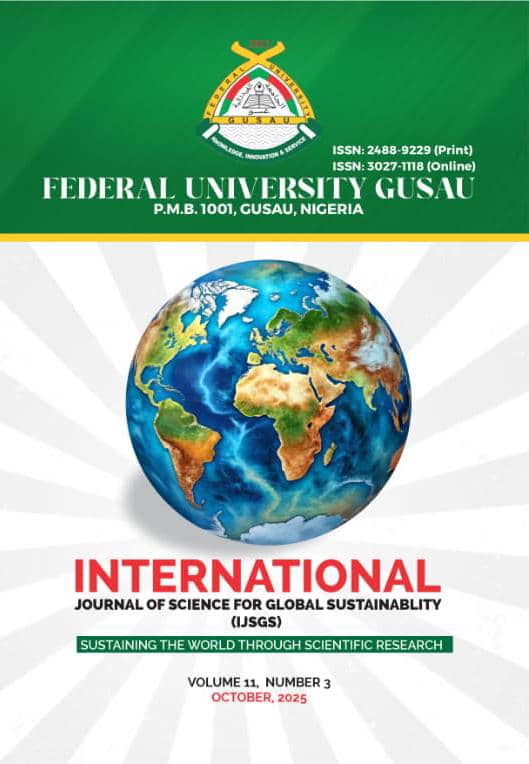Residue Theorem and Contour Integration: A Python-Based Approach to Real Integrals
DOI:
https://doi.org/10.57233/ijsgs.v11i3.917Keywords:
contour integration, residue theorem, python, symPy, real integralsAbstract
Contour integration and the Residue Theorem provide powerful techniques for evaluating real integrals that are otherwise difficult to compute by elementary methods. These tools, rooted in complex analysis, have long been applied to problems in physics, engineering, and applied mathematics. This paper presents a Python-assisted approach to contour integration, blending classical analytical methods with symbolic computation and numerical verification. Specifically, we employ the SymPy library for residue evaluation and symbolic manipulation, and the mpmath library for high-precision numerical integration. Representative examples include the Lorentzian integral the Dirichlet integral , and the rational integral . In addition to reproducing these classical results, we also visualize canonical contours such as semicircular paths in the complex plane and demonstrate parameterized numerical contour integrals to illustrate the role of residues and Jordan’s lemma. Results confirm the accuracy of classical theory and highlight the value of computational tools in reducing algebraic errors, enhancing reproducibility, and providing visual intuition. This synergy between theory and computation enriches the teaching of complex analysis and opens avenues for extending contour integration methods to more advanced applications.
Downloads
Published
How to Cite
Issue
Section
License
Copyright (c) 2025 Author(s)

This work is licensed under a Creative Commons Attribution 4.0 International License.












